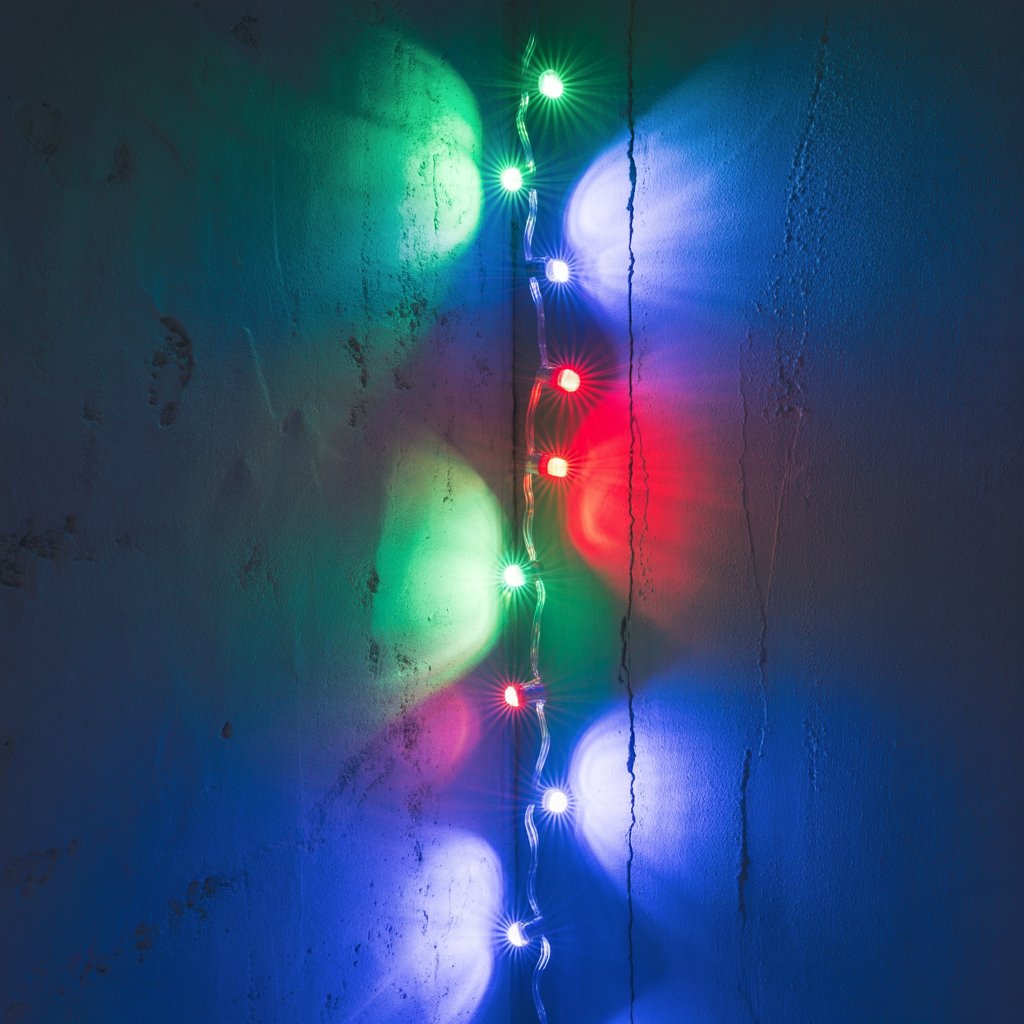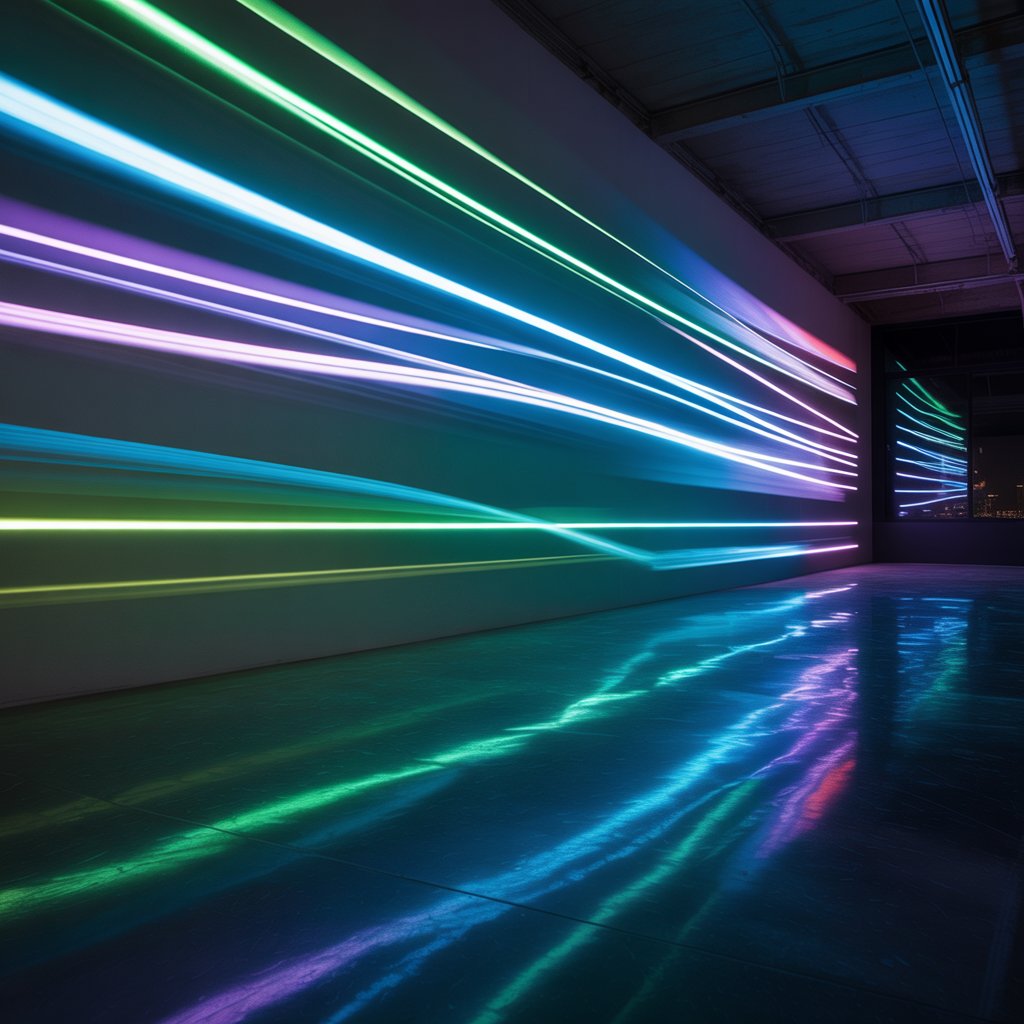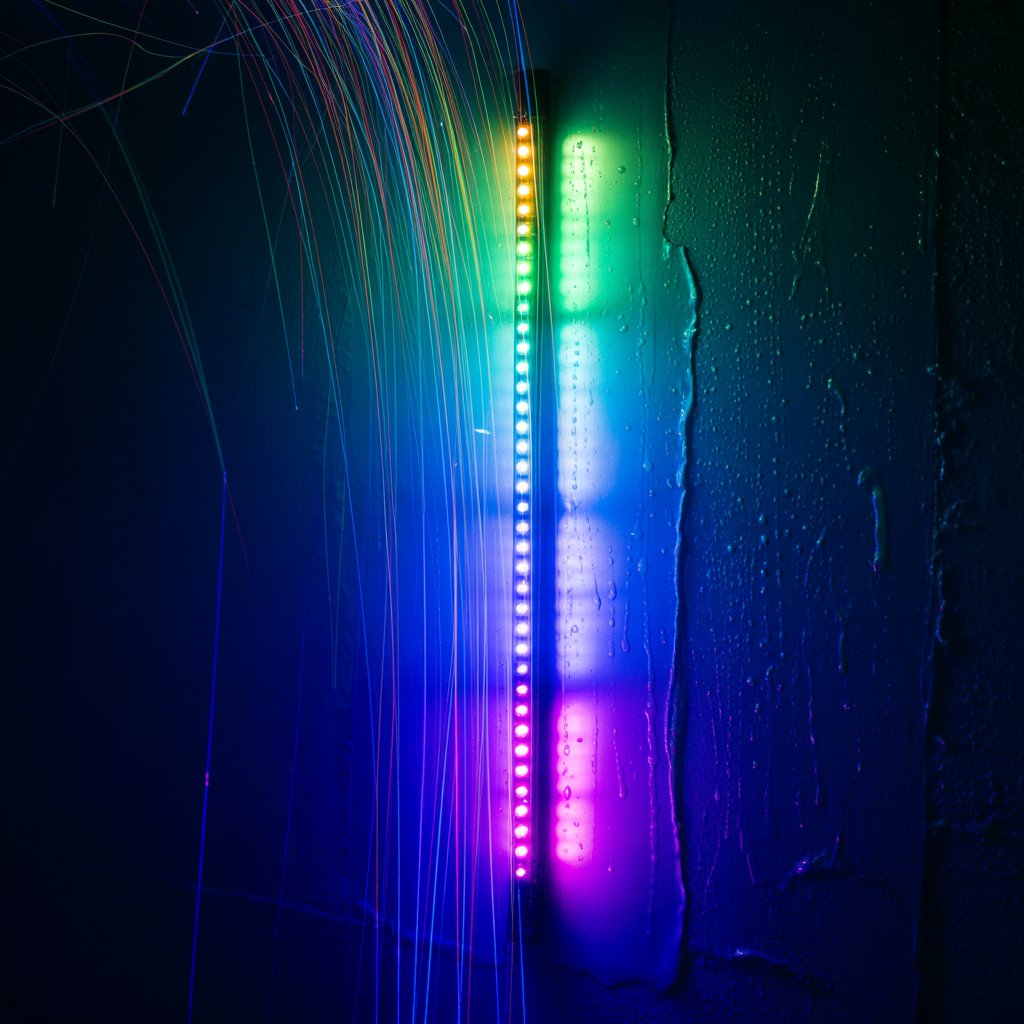Why Do LED Lights Flicker? Reasons & Solutions
Have you ever noticed your LED lights flickering? It’s a common issue, often frustrating and sometimes even concerning. This comprehensive guide delves into the reasons behind why do LED lights flicker?, exploring the technical details in an easy-to-understand way. We’ll cover everything from the fundamental causes to troubleshooting techniques, helping you understand why this happens…
Have you ever noticed your LED lights flickering? It’s a common issue, often frustrating and sometimes even concerning. This comprehensive guide delves into the reasons behind why do LED lights flicker?, exploring the technical details in an easy-to-understand way. We’ll cover everything from the fundamental causes to troubleshooting techniques, helping you understand why this happens and how to potentially resolve it. You’ll learn about different types of flickering, common culprits, and practical solutions to minimize or eliminate this annoying problem.
Light-emitting diodes (LEDs) are semiconductor devices that emit light when an electric current passes through them. Unlike incandescent bulbs that produce light through heat, LEDs convert electrical energy directly into light, making them significantly more energy-efficient. This process involves electrons moving from a higher energy level to a lower energy level, releasing photons—particles of light.
Why Do LED Lights Flicker?
LED lights flicker due to fluctuations in voltage, incompatible dimmer switches, or poor-quality drivers. Inconsistent current flow or faulty wiring can also cause rapid on-off cycling. Using high-quality LED bulbs and compatible dimmers usually fixes the issue.

The Electrical Supply Chain
The stable flow of electricity is critical for LED operation. Any interruption or fluctuation in the electrical current can lead to noticeable flickering. This electrical supply chain includes the power source (mains electricity, batteries, or solar panels), wiring, dimmer switches, and the LED driver itself. A problem at any point in this chain can manifest as flickering.
Read More: Are Led Lights Bad for Your Eyes? A Scientific Answer For You
Causes of LED Light Flickering
Dimming Issues and Compatibility
Not all LED bulbs are compatible with all dimmer switches. Using an incompatible dimmer can cause flickering, buzzing, or even damage to the bulb. This incompatibility often stems from the different ways dimmers control the current flow, and some dimmers are specifically designed for incandescent or halogen bulbs and not LEDs.
Faulty LED Driver
The LED driver is a crucial component that regulates the voltage and current supplied to the LED. A malfunctioning driver is a common cause of flickering. These drivers can fail due to overheating, age, or manufacturing defects. Replacing a faulty driver often resolves the flickering issue.
Environmental Factors Affecting LED Performance

Loose Wiring and Connections
Poor wiring or loose connections in the electrical circuit can disrupt the current flow, leading to intermittent lighting and flickering. This can occur at the bulb’s socket, within the junction box, or even further along the circuit. Checking for loose connections and ensuring secure wiring is essential for reliable operation.
Power Surges and Fluctuations
Sudden voltage spikes or drops in the electrical supply can cause LEDs to flicker. This is especially common during storms or when there are issues with the power grid. Surge protectors can mitigate the impact of these power surges and reduce the likelihood of flickering.
Read More: Can You Cut LED Lights? A Comprehensive Guide
Troubleshooting LED Flickering

Checking the Electrical Circuit
Begin troubleshooting by inspecting the entire electrical circuit, including the wiring, the bulb’s socket, the junction box, and the switch. Look for any loose wires, damaged insulation, or other signs of malfunction. If necessary, consult a qualified electrician for a thorough inspection.
Testing with Different Bulbs and Drivers
To isolate the problem, try using a different LED bulb in the same fixture. If the flickering persists, the problem likely lies within the fixture’s wiring or the driver. Conversely, if the flickering stops, the original bulb was faulty. Testing with a known good driver is equally important.
Read More: How Long Do LED Lights Last? A Complete Guide & Exact Answer
Understanding Different Types of Flickering
High-Frequency Flickering
This type of flickering is often too rapid to be noticed by the naked eye but can still cause eye strain or headaches. High-frequency flickering is often related to problems with the LED driver or the power supply.
Low-Frequency Flickering
This is the most noticeable type of flickering and is usually easily detectable. It’s often caused by loose connections, dimming issues, or problems with the power supply.
Advanced Troubleshooting Techniques
Using a Multimeter
A multimeter can be used to measure the voltage and current flowing to the LED. This can help pinpoint inconsistencies in the power supply or issues with the LED driver. However, caution should be exercised when working with electricity.
Inspecting the LED Driver
Carefully examine the LED driver for any signs of damage, overheating, or loose connections. If the driver appears damaged, it should be replaced with a compatible model.
Preventing Future Flickering
Choosing Quality LED Bulbs and Drivers
Invest in high-quality LED bulbs and drivers from reputable brands. Quality components are less prone to failure and offer better performance and reliability.
Regular Maintenance
Regularly check the electrical connections and ensure that all wiring is secure. This simple maintenance can prevent many problems, including flickering.
The Role of Dimmer Switches
Compatibility Issues Explained
LEDs require a specific type of dimmer switch designed for LEDs. Using an incandescent dimmer with LEDs can lead to flickering due to the incompatible control mechanisms. Always check the specifications of the dimmer to ensure compatibility with your LED bulbs.
How to Choose the Right Dimmer
Look for dimmers explicitly labeled “LED compatible” or “for LED lights.” These dimmers will have circuitry designed to properly control the current flowing to LEDs, minimizing the risk of flickering.
Other Potential Causes of LED Flickering
Interference from Other Electronic Devices
In rare cases, interference from other electronic devices can cause flickering. This is more likely to occur with older or poorly shielded devices. If you suspect interference, try temporarily disconnecting other devices in the vicinity to see if the flickering stops.
High-Altitude Effects
In some high-altitude regions, the lower air density can affect the performance of LED lighting, potentially leading to flickering. This is due to reduced heat dissipation, which can cause driver malfunction.
Benefits of Using LED Lighting
Energy Efficiency
LEDs are exceptionally energy-efficient, consuming significantly less energy than incandescent or halogen bulbs. This translates into lower electricity bills and a smaller carbon footprint.
Longevity
LEDs have a remarkably long lifespan, lasting many years with minimal degradation. This reduces replacement costs and the hassle of frequently changing bulbs.
Frequently Asked Questions
What are the most common causes of LED flickering?
The most common causes are faulty LED drivers, incompatible dimmer switches, loose wiring, and power fluctuations. However, less common issues such as electronic interference can also contribute.
Can flickering LEDs damage other electrical components?
While unlikely to directly damage other components, sustained flickering can indicate underlying electrical issues that might eventually cause problems in the wiring or other connected devices. It’s best to address the flickering promptly.
How can I prevent LED lights from flickering?
Using LED-compatible dimmer switches, ensuring secure wiring, and opting for high-quality LED bulbs and drivers are crucial steps in preventing flickering. Regular maintenance also helps.
Final Thoughts
Understanding the causes of LED flickering is crucial for ensuring reliable and efficient lighting. We’ve explored various factors, from simple wiring issues to more complex driver malfunctions. By carefully inspecting the electrical circuit, choosing compatible components, and performing routine maintenance, you can significantly reduce the likelihood of experiencing flickering LEDs. Remember to replace faulty drivers or bulbs promptly, and always prioritize safety when dealing with electrical systems. If you are unable to solve the problem yourself, it’s always best to consult a qualified electrician for a professional diagnosis and repair. Investing in quality LED lighting and proper installation will provide years of reliable and energy-efficient illumination, free from the annoyance of flickering lights.

